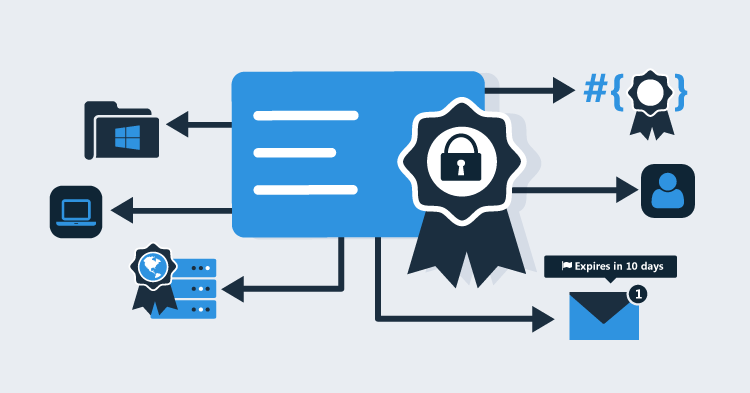Octopus 1.3 was just released. It includes a number of bug fixes, as well as an upgrade to the recently released RavenDB 2.0 which feels much faster. It also includes three new types of deployment step:
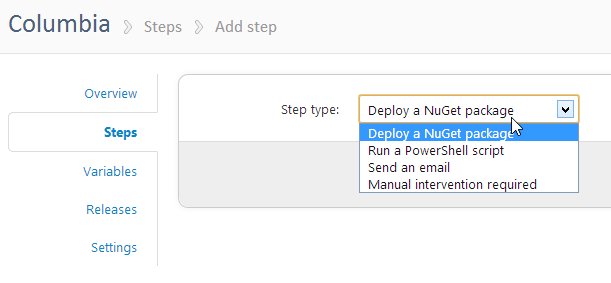
Octopus is still geared around automated deployment of applications using NuGet packages, but these three new step types offer a lot of flexibility.
Run a PowerShell script
This step type allows you to run a snippet of PowerShell on all Tentacles in a given role.
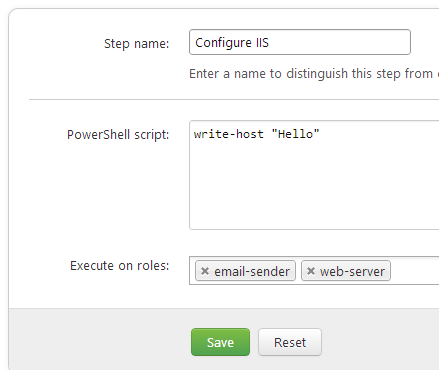
Note that the script can reference any of your Octopus defined variables as PowerShell variables. During deployment, you’ll see the output in the deployment log:

Send an email
This step allows you to send an email. You can use the Octopus variable substitution syntax to reference Octopus variables in your email body.
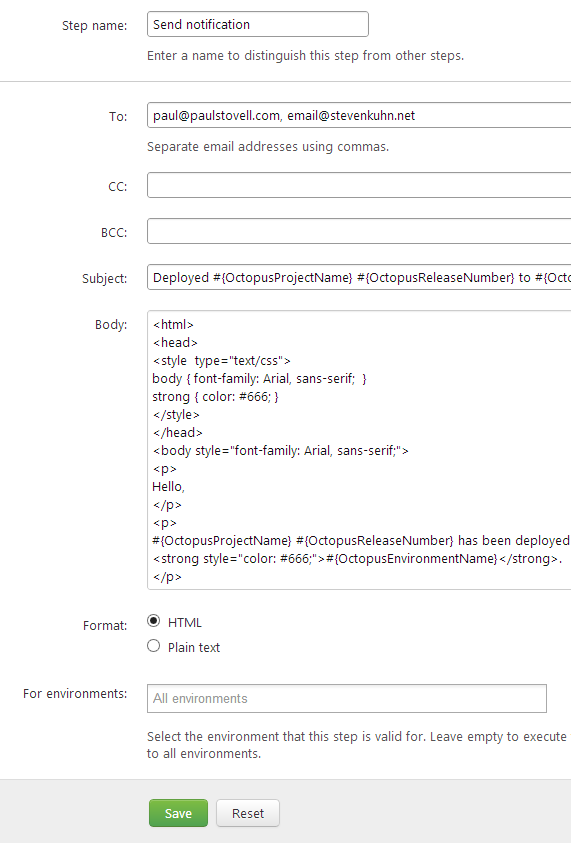
SMTP server settings are configured separately under the Configuration menu:
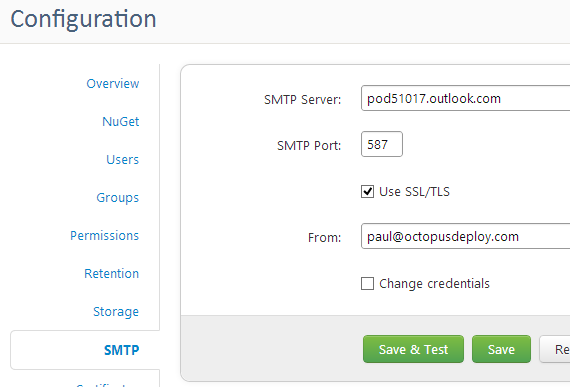
Manual intervention required
While Octopus is an automated deployment solution, there are some tasks that just can’t be automated. And sometimes a deployment requires sign-off, either at the start or at the end. Manual steps in Octopus make this possible. I blogged previously about our plans for manual deployments, and now those plans have come to life.

When the step is encountered, the deployment will pause:
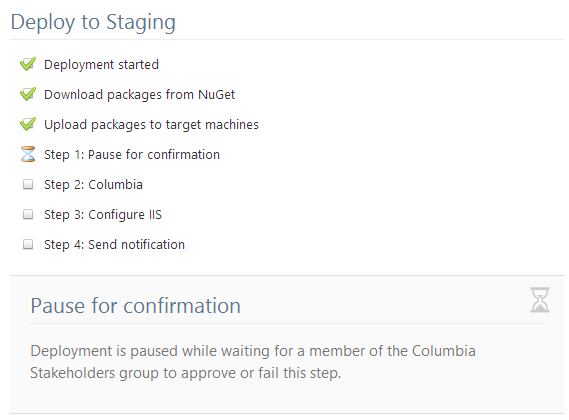
Users in the authorization group will see the instructions and can then decide to pass or fail the deployment:
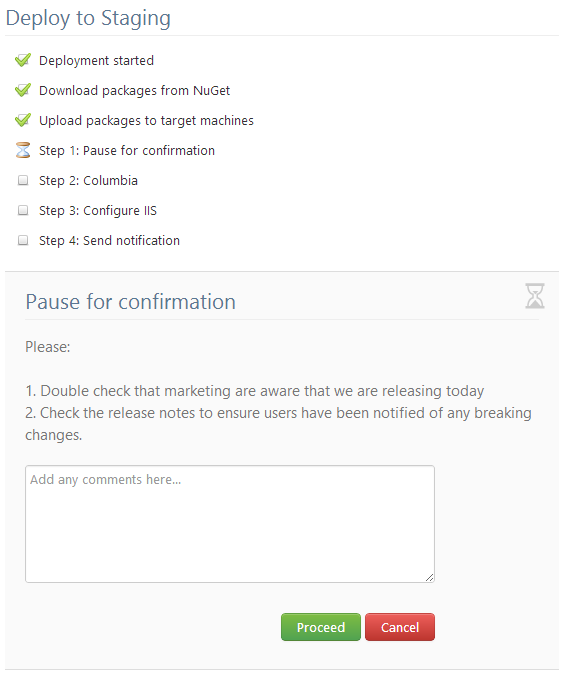
The deployment task is actually suspended while waiting for the manual step to be completed. This means you could restart the Octopus server, and a week later approve the step.
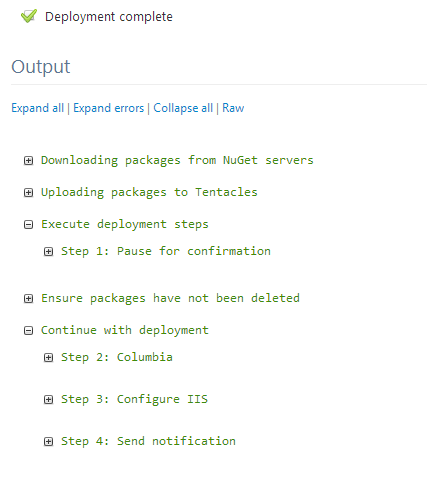
I hope these new additions will be of use to you!


